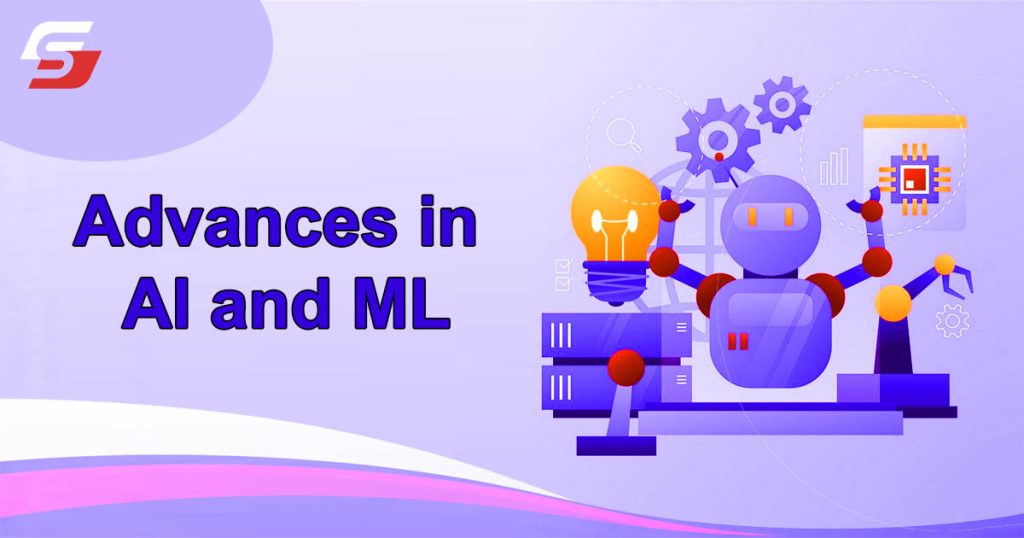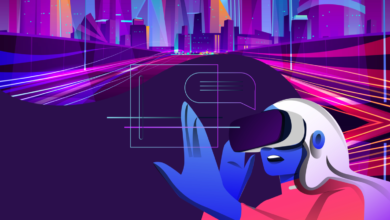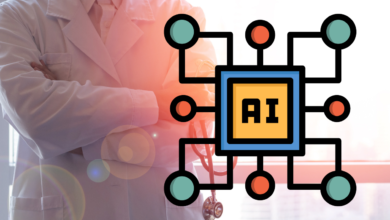How AI Is Used In Education & 5 Ways You Can Too

Teaching can be tough. Keeping up with every student’s needs in a classroom is a challenge all educators face. But imagine if there was a way to make learning as unique as each student, without overwhelming teachers? The good news is, technology is here to help.
Artificial intelligence, or AI, is changing how we teach and learn. Our blog will guide you through how AI does this and give you five practical ways to use it in your own educational setting.
The Usage of AI in Education
Adjusting lessons in real-time
Teachers use AI to see when students are stuck and need extra help. This quick notice means they can change lessons right away to better fit the class. AI’s instant feedback is key here, letting teachers tweak teaching methods on the fly.
Classroom management gets a big boost from this tech, too. It allows for spot-on assessments while classes are happening.
AI makes learning just right for each student. If some find the work hard or too easy, AI changes the lesson plans to match their pace and level. This adaptive learning sees where kids might be struggling and fills in those gaps without missing a beat.
Creating a conducive learning environment
AI plays a big role in making classrooms better for learning. For example, ViewSonic’s myViewBoard Sens checks the classroom to make sure everything is just right. It looks at things like how bright and noisy it is.
This helps everyone focus better. The best part? It does all this without stepping on anyone’s toes regarding privacy.
This smart tech stops things that could distract students and teachers. By keeping an eye on the room, AI ensures students can learn well and perform their best. It uses data but keeps everyone’s information safe.
This way, classrooms become great places for digital learning and growth without any worries about privacy.
Providing support to teachers
After ensuring a good learning environment, AI steps in to directly help teachers. This technology takes care of repeat tasks. This means teachers have more time for their students and planning lessons.
AI tools like Top Hat, Education Copilot, and ChatGPT make lesson planning easier. They even set up personal paths for students with special needs. With these supports, every student gets what they need to learn best.
AI also makes it simpler for teachers to manage their many duties. It cuts down on the work they have to do outside teaching. Now, teachers can focus more on helping each student and less on paperwork or routine tasks.
With less workload, teaching becomes more about guiding students and less about juggling administrative work.
Saving time and improving lesson planning
AI tools like MagicSchool.ai and ChatGPT are changing the game for teachers by making lesson planning faster. They help create plans that nail the needed lesson objectives and learning activities.
Teachers used to spend hours preparing, but now, AI does the heavy lifting—designing detailed lessons in minutes. This means more time for teaching and lesson planning.
Using Canva and Padlet adds to this by allowing quick content creation which fits right into these AI-generated plans. The 80/20 approach here is key: Let AI handle 80% of the initial work, then teachers step in to tweak things ensuring everything’s just right.
It’s a smart way of combining technological smarts with human insight, making sure lessons hit the mark every time without eating up valuable hours.
Enhancing teacher-student communication and interaction
AI has changed the way teachers and students communicate. With AI, every student gets a chance to speak up. Technologies like speech recognition help students with disabilities join in more easily.
This makes learning more open for everyone. Teachers can talk directly to each student, even outside class time. They use apps and tools that let them answer questions anytime, from anywhere.
Students also get to understand their local community better through AI projects. They learn about what’s around them and solve real problems by thinking critically. It supports all kinds of learners too, making sure no one is left behind because of how they learn or any disability they might have.
5 Ways to Utilize AI in Education
Personalized learning
Personalized learning changes the game by making sure each student gets what they need. Imagine a classroom where every lesson is just right for each kid. That’s what AI does. It looks at what each student needs and changes lessons to fit them better.
AI makes learning special for everyone. It creates lessons that are just for you, changing as you learn more. This way, students don’t get bored or lost because everything feels made just for them.
Efficient content creation
Creating content for education just got easier with AI. Teachers can now use AI tools to save time and make better lesson plans. These tools help in making high-quality, customized courses that fit each student’s needs.
With the help of artificial intelligence, teachers can quickly analyze student data and come up with lessons that are just right for everyone. This makes learning more personal and effective.
For a smooth experience in creating educational content, PopAi offers an innovative way to design PPTs for lessons in no time using an ai for presentation.
This means teachers can automate their grading tasks and focus more on teaching rather than spending hours planning lessons or grading papers.
Streamlining administrative tasks
AI tools like chatbots and predictive analytics make school management easier. They take care of routine jobs such as scheduling classes, grading papers, and signing up students for courses.
This way, teachers and staff spend less time on paperwork. They have more time to help students learn.
By using AI to automate administrative processes, schools see a big change in how they run things. For example, AI-powered assistants plan resources smartly. They also create curriculums that fit what each student needs.
Advancing teaching insights
AI reshapes how teachers understand and improve their methods. It serves up detailed data on student performance, revealing what teaching strategies work best. Teachers now see which lessons ignite students’ creativity and critical thinking.
This makes it easy for them to tweak their approach for better outcomes.
By adopting AI, educators can foster a personalized learning journey for each student. They learn from real-time analytics to adjust their teaching styles, ensuring every child gets the support they need.
This way, AI doesn’t just enhance education; it transforms how teachers grow alongside their students, encouraging innovation at every turn.
Conclusion
AI makes learning better by adjusting lessons, helping teachers, and making studying more personal. It saves time and lets students learn at their own pace. Using AI can make tasks easier and help find new ways to teach. There are tools out there to get started with AI in class. These ideas show how technology can change education for the good. So, let’s use AI to make every student’s learning journey amazing.










